Fat grafting
Fat grafting can be a key element at the time of a Facelift to achieve the optimal facial rejuvenation. It creates significant volumetric change and the natural appearance of fat gives it significant advantages over a facelift alone. The fat is harvested through a small canula from either the abdomen or inside of the thighs. It is washed and concentrated into smaller syringes to be carefully injected into the face to give a smooth and balanced appearance.
Potential benefits of fat grafting:
- Volumetric midface enhancement
- Improvement in the tear trough area
- Can improve the peri-oral wrinkles known as Marionette lines
- Natural looking increase the volume of the lips
- Support the corners of the mouth
- Addressed temporal hollowing
- Balance facial asymmetries such as in conditions such as hemifacial microsomia, Parry Rhomberg syndrome or in patients who have had facial trauma
Usual postoperative course following fat grafting
I advise patients to expect bruising and facial swelling following fat grafting. Part of the swelling will be due to the surgical ‘trauma’ as well as the actual fat. The bruising can usually be expected to have resolved by about two weeks and the significant swelling of the face has settled by then but expect that it will be six weeks to three months before we can be sure about how well the fat has ‘taken’. This means that the fat has to receive a blood supply from the surrounding tissue after it has been injected. On average we expect that at least half of the volume injected will take.
Those who opt to have fat grafting at the same time as the Facelift will expect to have a satisfactory volumetric enhancement from the fat grafting. That said, some patients may require further fat grafting and is managed on a case by case basis. The patients who struggle to get enough volume tend to be those with underlying conditions such autoimmune diseases or facial morphia. In those individuals, it is common to need to do several rounds of fat grafting to achieve good facial balance.

Potential problems that can arise with fat grafting
These are uncommon but still important to understand
Superficial pearls of fat
Sometimes fat injected into the face especially around the eyes can sit too close to the skin leaving a small bump that can look like a cyst. In this instance a further small operation under local anaesthesia may be needed to remove the pearls
Infection
Not usually a problem unless there is a seroma space.
Donor site irregularities
I haven’t had this complication from fat grafting alone and work hard to avoid it by spreading the harvest over a wider area. There is however always a small risk that dips in the skin may occur following the harvest of fat.
Potential need for re-doing
Those who opt to have fat grafting at the same time as the Facelift will expect to have a satisfactory volumetric enhancement from the fat grafting. That said, some patients may require further fat grafting and is managed on a case by case basis. The patients who struggle to get enough volume tend to be those with underlying conditions such autoimmune diseases or facial morphia. In those individuals, it is common to need to do several rounds of fat grafting to achieve good facial balance.
Overdoing it
There is a potential risk of placing in too much volume. This hasn’t been an issue either for patients I have treated nor has it been reported in fat grafting for the face.
Poor scarring at port site
Sometimes the small holes where the canula goes through to harvest the fat can leave small scars on either the abdomen or the thighs. The access incisions in the face normally heal with an imperceptible scar.
I hope you find these guides helpful in preparation for surgery and for your recovery. It will cover general details of surgery and the normal way that individual’s recover after facial surgery.

